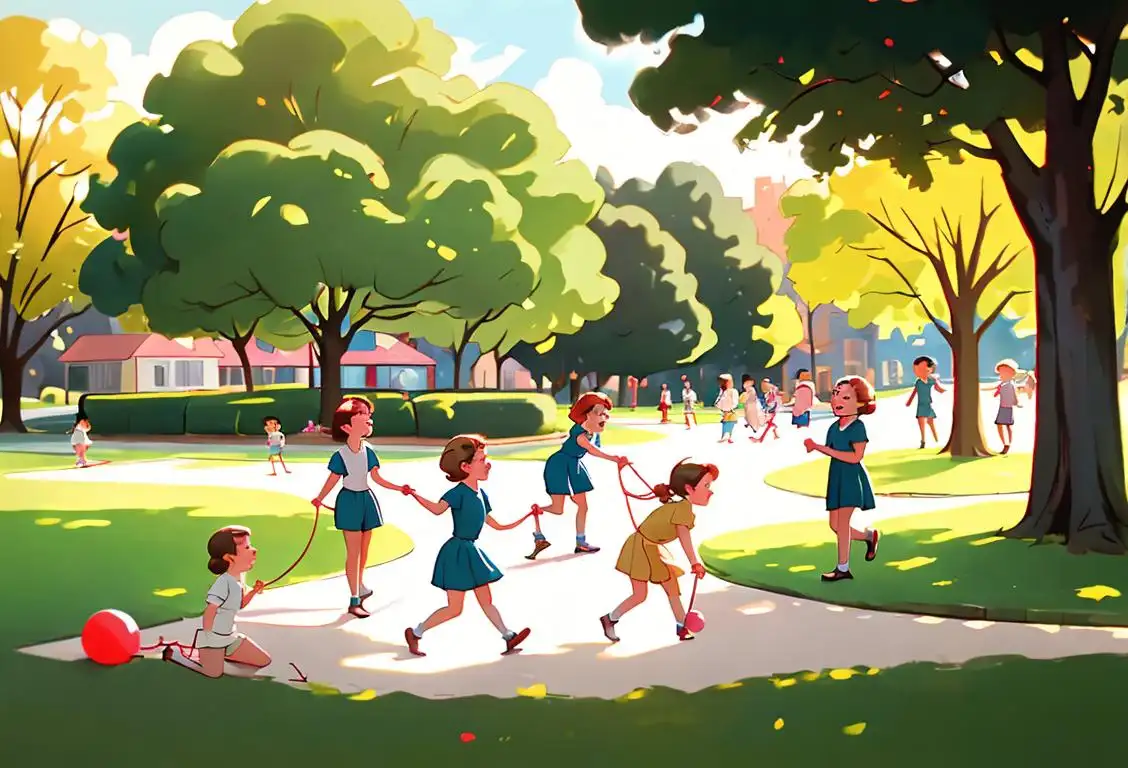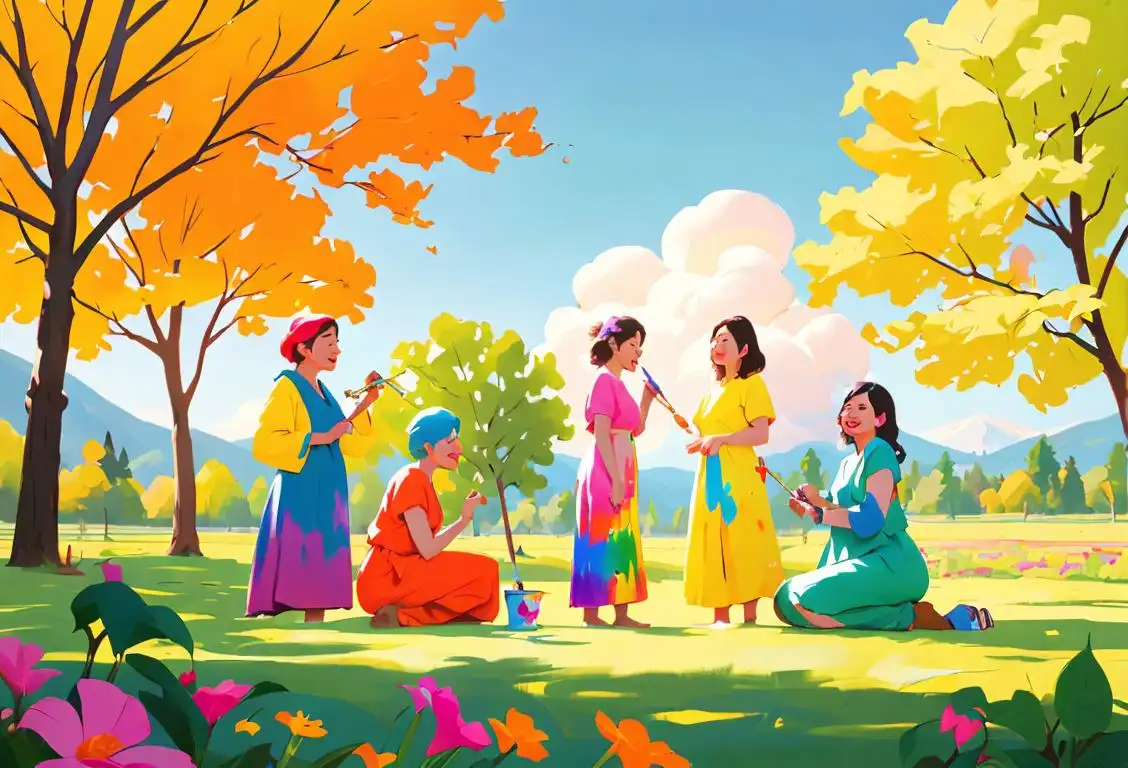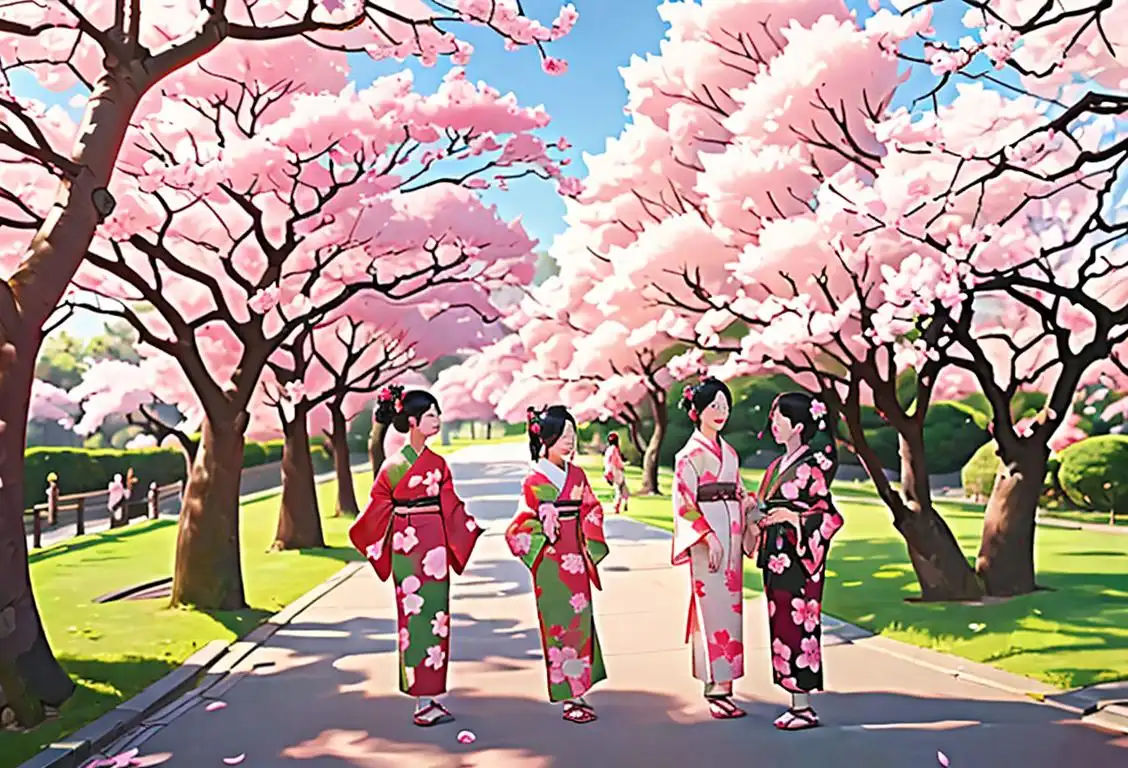National Photo Day

Welcome to the fabulous world of National Photo Day, where memories come alive and selfies reign supreme! On this special day, we celebrate the power of photography to capture moments, freeze time, and create lasting memories. So grab your camera, strike a pose, and let's dive into the fascinating history of National Photo Day!
When is Photo Day?
It's national photo day on the 19th August.
The Birth of National Photo Day
Just like a well-composed photograph, National Photo Day has its own story. It all began when a group of passionate photographers decided to unite and celebrate their craft. They saw the need to highlight the artistry, creativity, and importance of photography in our lives. And thus, National Photo Day was born.
Year after year, this special day gained popularity, with more and more people embracing the magic of capturing moments through the lens. From amateur photographers to professionals, everyone found a way to express themselves and tell their stories through photos.
Celebrating Memories and Creativity
For many of us, photos are like treasured keepsakes. They hold cherished memories of loved ones, special occasions, and unforgettable adventures. National Photo Day gives us an opportunity to reminisce, appreciate, and preserve those memories.
But it's not just about memories. National Photo Day also celebrates the creative side of photography. It's a day to honor the talented photographers who bring their unique perspectives and artistic visions to life. From breathtaking landscapes to captivating portraits, their work leaves us in awe and inspires us to see the world through a different lens.
Getting Involved and Spreading the Joy
So, how can you join in on the National Photo Day fun? Here are a few ideas:
- Grab your camera or smartphone and snap some shots. Capture the beauty around you, the people you love, or anything that catches your eye.
- Organize a photo walk in your community. Gather fellow photography enthusiasts and explore your surroundings together while capturing unique moments.
- Share your favorite photos on social media using the hashtag #NationalPhotoDay. Spread the joy and inspire others with your captivating images.
Did You Know?
Did you know that the word 'photography' comes from the Greek words 'phōs' (meaning light) and 'graphē' (meaning drawing or writing)? So, in a way, photographers are actually light artists!
History behind the term 'Photo'
1839
Invention of Photography
In 1839, photography was invented by Louis Daguerre and William Henry Fox Talbot. Daguerre developed the daguerreotype process, which used a polished silver plate to capture images. Meanwhile, Talbot invented the calotype process, which used a paper negative to produce multiple copies of an image. These early photographic processes revolutionized the way people captured and preserved moments.
1851
The Term 'Photography' Coined
In 1851, the term 'photography' was coined by Sir John Herschel, an English mathematician, and astronomer. Herschel combined the Greek words 'phōs' meaning 'light' and 'graphē' meaning 'drawing or writing' to create the term 'photography,' which literally translates to 'drawing with light.' This term perfectly encapsulated the essence of the art form, emphasizing the fundamental role of light in capturing visual representations.
1888
Introduction of the Kodak Camera
In 1888, George Eastman introduced the Kodak camera, which played a significant role in popularizing photography. The Kodak camera was designed for the masses, providing a simple and convenient way for people to take photographs. This camera came with a roll of film preloaded with enough exposures for 100 photographs. After capturing the photos, users would send the entire camera to Kodak, where the film was developed, prints were made, and the camera was reloaded for the customer. The ease of use and accessibility of the Kodak camera greatly contributed to the expansion of photography as a widespread hobby.
1935
Introduction of 35mm Film
In 1935, Kodak introduced the 35mm film, which soon became the standard format for still photography. The 35mm film offered a more compact and flexible alternative to previous film sizes, making it easier for photographers to carry multiple rolls and capture a greater number of images. This innovation paved the way for the development of more advanced cameras and techniques, further fueling the popularity and innovation in the field of photography.
2000
Digital Photography Revolution
The turn of the 21st century marked the digital photography revolution. With the introduction of consumer-friendly digital cameras and advancements in digital imaging technology, traditional film photography gradually gave way to digital photography. Digital cameras offered instant image preview, easy image manipulation, and the ability to store thousands of images on memory cards. This transformative shift democratized photography even further, allowing enthusiasts and professionals alike to easily capture and share their photographs with the world.
Did you know?
Did you know that the word 'photography' comes from the Greek words 'phōs' (meaning light) and 'graphē' (meaning drawing or writing)? So, in a way, photographers are actually light artists!Tagged
fun loved ones creativityFirst identified
19th August 2016Most mentioned on
19th August 2016Total mentions
454Other days
Unplugged Play Day
Make A Hat Day
Make Life Beautiful Day
Alfa Day
Super Canvass Day
Origami Day
Walk Day
Photo Day
Play Doh Day
Haku Day








